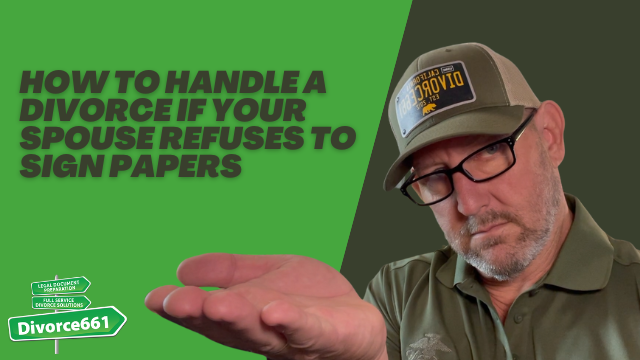🫢 BEST Grounds For Divorce You NEED to Use 👉 Uncontested Los Angeles Divorce
When it comes to filing for divorce in California, understanding the grounds you need to state can make the process much smoother and less stressful. As someone deeply familiar with divorce procedures in Los Angeles, I want to clarify an important point that many people might not realize: California is a no-fault divorce state. This means you don’t have to prove wrongdoing or assign blame to your spouse when you file for divorce.
What Does No-Fault Divorce Mean in California?
In California, the only ground you need to cite when filing for divorce is irreconcilable differences. This legal phrase simply means that the marriage has broken down beyond repair and there is no chance of reconciliation. The court does not require you to provide reasons or evidence of misconduct, abuse, or any other specific cause. You don’t have to explain why you want a divorce, and the court won’t ask.
Why Is This Important?
Understanding that California is a no-fault state takes a lot of pressure off the divorce process. Many people worry about having to prove fault or bad behavior, which can make divorce emotionally and legally complicated. Instead, by focusing on irreconcilable differences, the process can be more straightforward, especially when both parties agree to an uncontested divorce.
Benefits of an Uncontested Divorce in Los Angeles
An uncontested divorce is when both spouses agree on all the major issues, such as property division, child custody, and support. Since California only requires the claim of irreconcilable differences, uncontested divorces tend to be faster, less expensive, and less stressful.
- Faster resolution: Without disputes over fault or contested issues, the court can process your divorce petition more quickly.
- Lower costs: Avoiding drawn-out litigation reduces attorney fees and court costs.
- Reduced conflict: Agreeing on terms ahead of time helps preserve respectful communication between spouses.
How to Use Irreconcilable Differences to Your Advantage
When filing, simply state that the marriage has irreconcilable differences. This is the best and only ground you need for a divorce in California. It avoids unnecessary conflict and lets you focus on resolving practical matters like custody, support, and asset division.
Whether you are just starting to think about divorce or are ready to file, keep this in mind: you don’t need to prove or explain why your marriage ended. The law is designed to respect your privacy and make the process as straightforward as possible.
Conclusion
California’s no-fault divorce law puts the focus on moving forward rather than looking back. By using irreconcilable differences as your grounds for divorce, you can pursue an uncontested divorce efficiently and with less stress. This approach is especially valuable in Los Angeles, where simplifying the divorce process can save you time, money, and emotional turmoil.
Remember, the key is that the court doesn’t care why you’re divorcing—it only matters that the marriage can’t be saved. Keep this in mind as you navigate your divorce journey for a smoother, more manageable experience.








